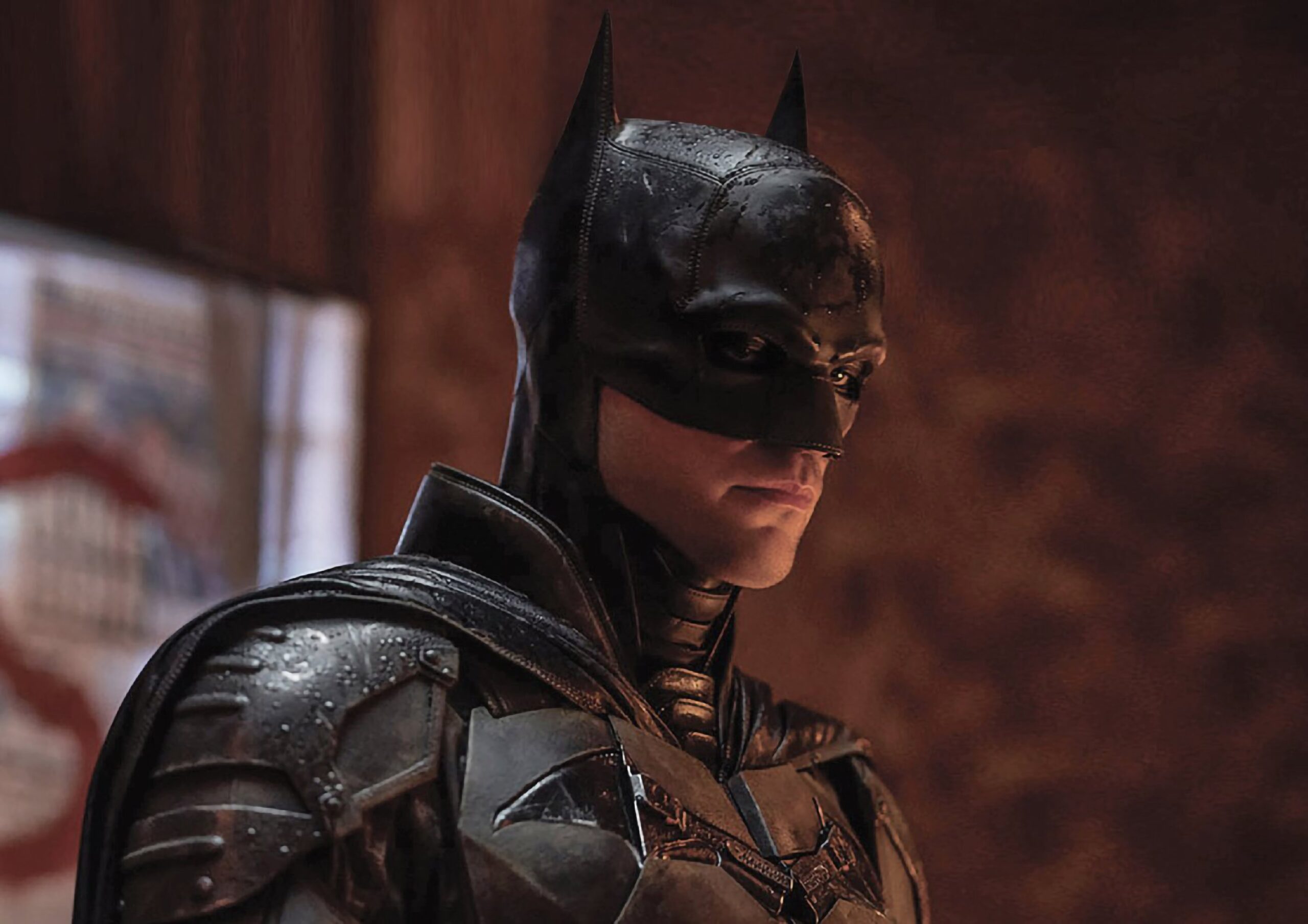After the massive heat of the hit film Spider-Man: No Way Home cooled down, Warner Bros Studios finally released their highly anticipated DC superhero film, The Batman. While some may argue there has already been enough interpretation of the cape crusaders on the big screen, director Matt Reeves still offers a uniquely interesting take on the mysterious vigilante from the city of Gotham.
With the premise of the darkest and most emotional Batman film to date going public, Twilight film series actor Robert Pattinson was eventually chosen to helm the role of the iconic vigilante. The casting of major actors such as Zoë Kravitz, Jeffrey Wright, Colin Farrel and Paul Dano later followed the announcement, building much bigger expectations and leaving one major question on the minds of all fans: Will Matt Reeves’s The Batman deliver justice for the beloved comic book hero?
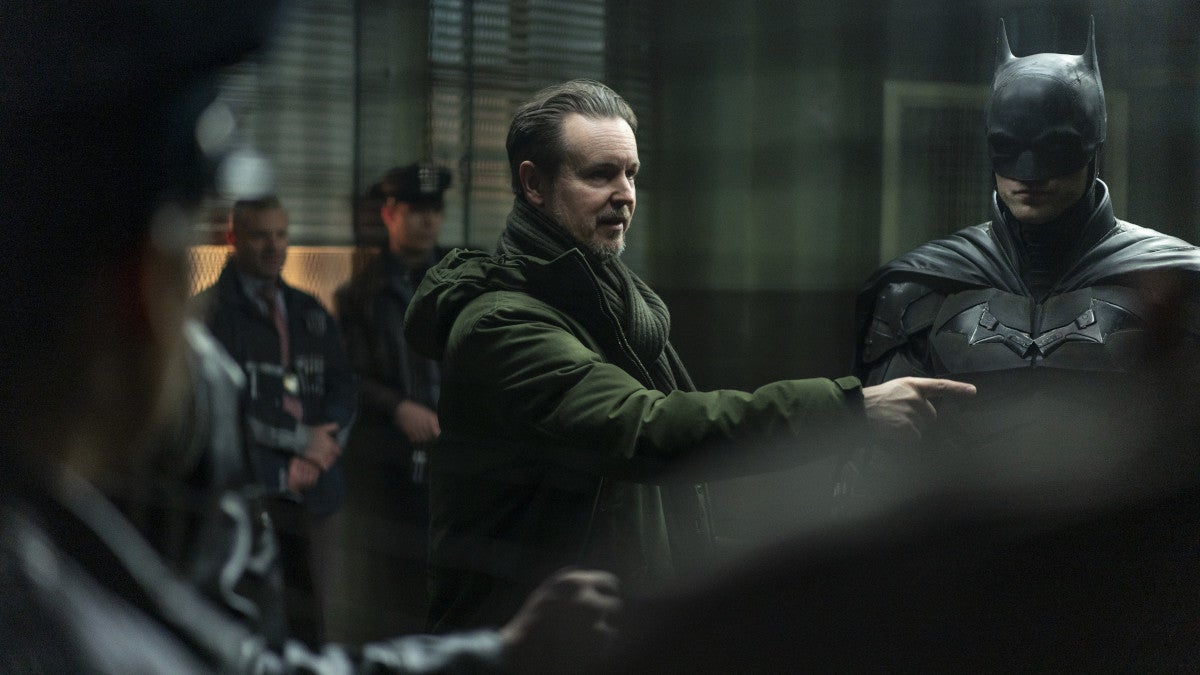
Matt Reeves on set — Image via Screen Rant
Shot almost entirely during the nighttime, The Batman follows the traditional route of the vigilante story. It follows the main character fighting crimes in the gritty and dreary Gotham city nightlife, but the film isn’t just about Batman himself — It tells a story that includes more about the city, the people living in it and the people ruling it, in front or behind the shadows. Bringing one of the most infamous fictional cities to life is not really a difficult job to do in terms of world building, as the city has been written and portrayed for over 70 years. Fortunately, Matt Reeves was able to pull it off again by digging deeper beneath the surface of the city by focusing on the political world of Gotham. The dirty game and hidden lies that are rampant in the politics of the fictional city of Gotham become an unsettlingly accurate reflection of the real world we live in today.
Reeves reimagined Gotham as the city in a modern noir film with obvious nods to the genre. These references were neatly thrown all over the three hours span of the film. With moves like the 1976 Taxi Driver-style voiceover diary entries, the killer’s point of view opening à la 1978 Halloween and the 2011 Drive-esque club fight sequence, Reeves made The Batman a love letter to the neo-noir genre in the most poetic way.
What Reeves ended up creating is the comic book film equivalent of Roman Polanski’s Chinatown. In both films, the main characters, Bruce Wayne (Robert Pattinson) and Jake Gittes (Jack Nicholson), caught themselves in a series of murders, later uncovering a much deeper story of lies, deceit and corruption beneath the city lights. This writing helps The Batman break through from the superhero film genre to an elevated level of modern cinema that both comic book fans and art-house film lovers could collectively enjoy.
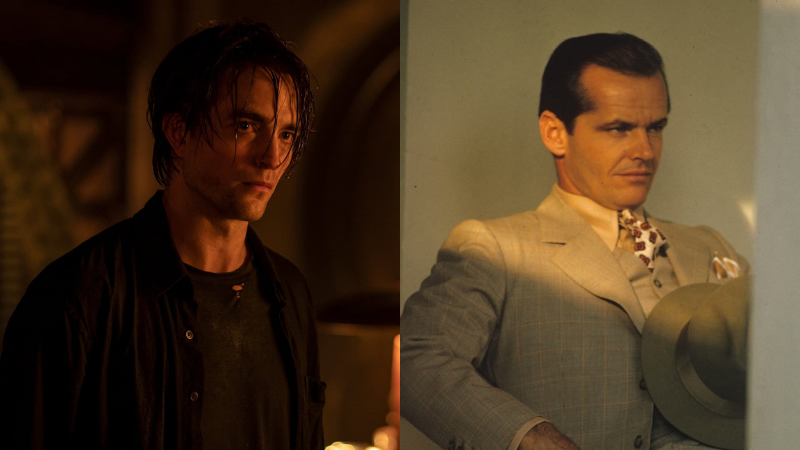
Robert Pattinson in The Batman & Jack Nicholson in Chinatown. Image via Games Radar & BAMF Style
Portraying a character who has been interpreted multiple times since the dawn of the Golden Era of cinema means Pattinson carries a huge responsibility to offer a new, unique and risky take in order to differentiate himself from other actors who wore the black cape. Being an actor with quite a peculiar professional journey — going from teen heartthrob vampire to indie film cult favorite — Robert Pattinson proved himself yet again by delivering the role of Bruce Wayne with intense depth and attention to detail. The film presents a complete character development of a hero by creating a complex story of trauma, morality and fear. These elements all create an intriguing character study.
Pattinson’s portrayal of Batman feels raw and eccentric, but to just the right point where viewers can understand him, while there still remains a greater shadow on the mystery of who Bruce Wayne is as a character. This kind of dynamic makes Bruce Wayne a much more compelling character by bringing the conversation to the topic of what Batman truly represents in Gotham— Is it fear or is it hope? This point was then extended deeper into the plot, and before you know it, you’ll realize that The Batman serves as an origin story — It’s not an origin story of how Bruce Wayne turns into Batman, but of how Batman turns into a hero.
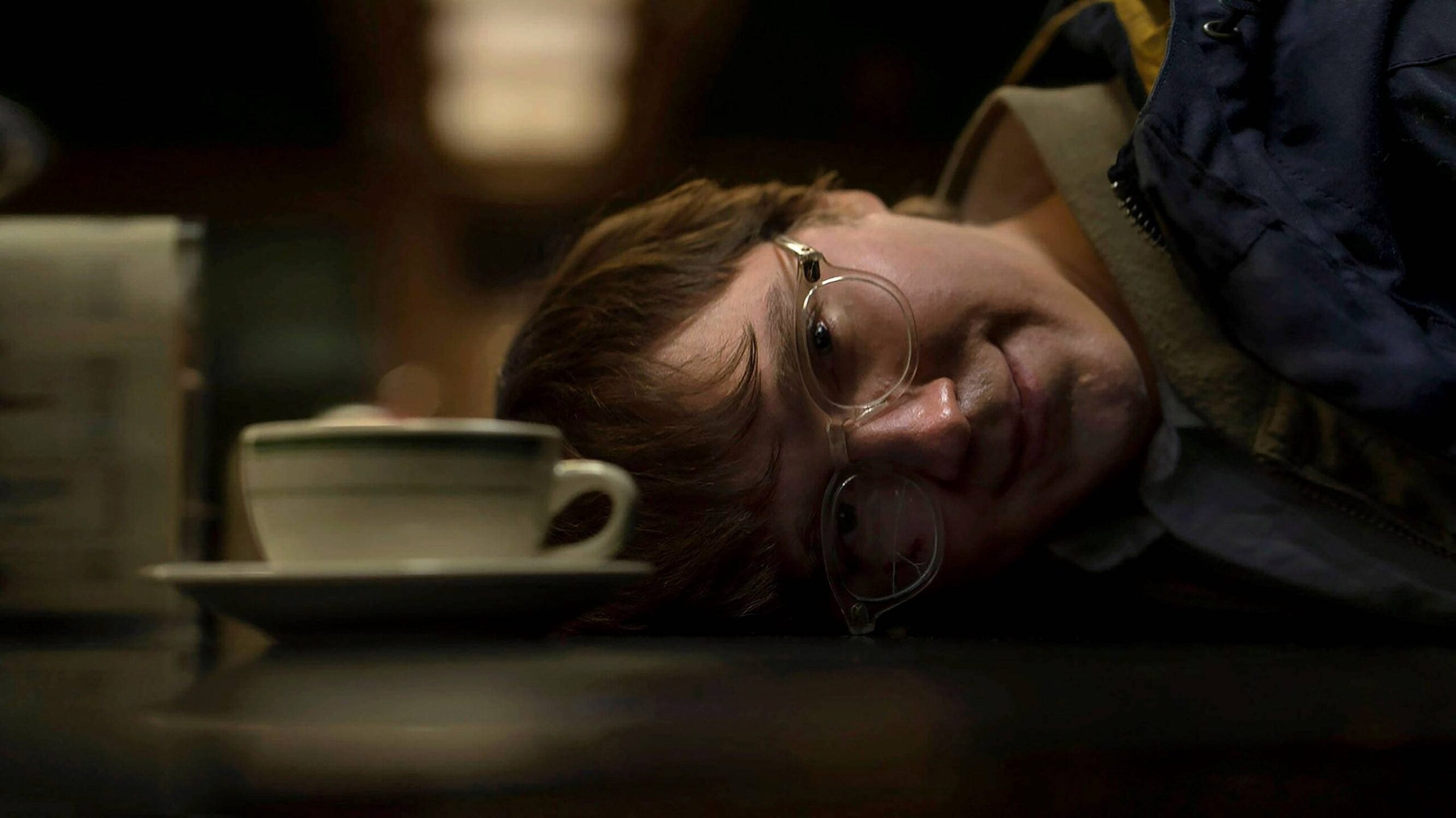
Paul Dano as the Riddler. Image via Slate.
Playing opposite Robert Pattinson, Paul Dano gives one of the best performances of the entire film. Erratic, vengeful and broken, this version of the Riddler is not your usual campy maniac, but rather a disturbingly real portrayal of evil. Directed by anger, retaliation and a fine amount of lunacy, Paul Dano played the Riddler flawlessly. Dano engineered the angle of the story, acting as the powerhouse of the film. An opposing foil to Bruce Wayne, the Riddler manages to touch the audience by making them doubt who the real villain of the film is, as the Riddler follows a similar route of Todd Phillips’s 2019 Joker and James McTeigue’s 2005 film V for Vendetta, by asking the audience the question: Is he the villain or the victim of the system? Even with an obvious answer, Dano’s Riddler still manages to challenge the audience to look deep into the character and understand the psychotic villain while the audience discovers the underlying main theme of the film.
Paul Dano’s insanely brilliant performance as the zealous Riddler would have stuck out like a sore thumb without the great line of respected actors accompanying his name in the credits. Commissioner Gordon, played by Jeffrey Wright, serves as the ribbon that ties Batman to the chain of events that has been happening across Gotham. Wright brilliantly played this role by balancing Pattinson’s dark ambiance throughout the plot. Zoë Kravitz, playing the role of Catwoman, compliments Pattinson’s Batman fabulously by creating a driven and loving Selina Kyle that shows both her selfish ambition and her true potential to be great. The chemistry between Kravitz and Pattinson is, without a doubt, one of the best in the history of superhero films. They successfully project the tension across the screen due to perfectly paired casting and bold performances. Colin Farrell, John Turturro, Peter Sarsgaard and Andy Serkis then terrifically wrapped this incredible line of performance altogether by giving their all without ever overshadowing each other, leaving the audience begging for more of this outfit of villains.
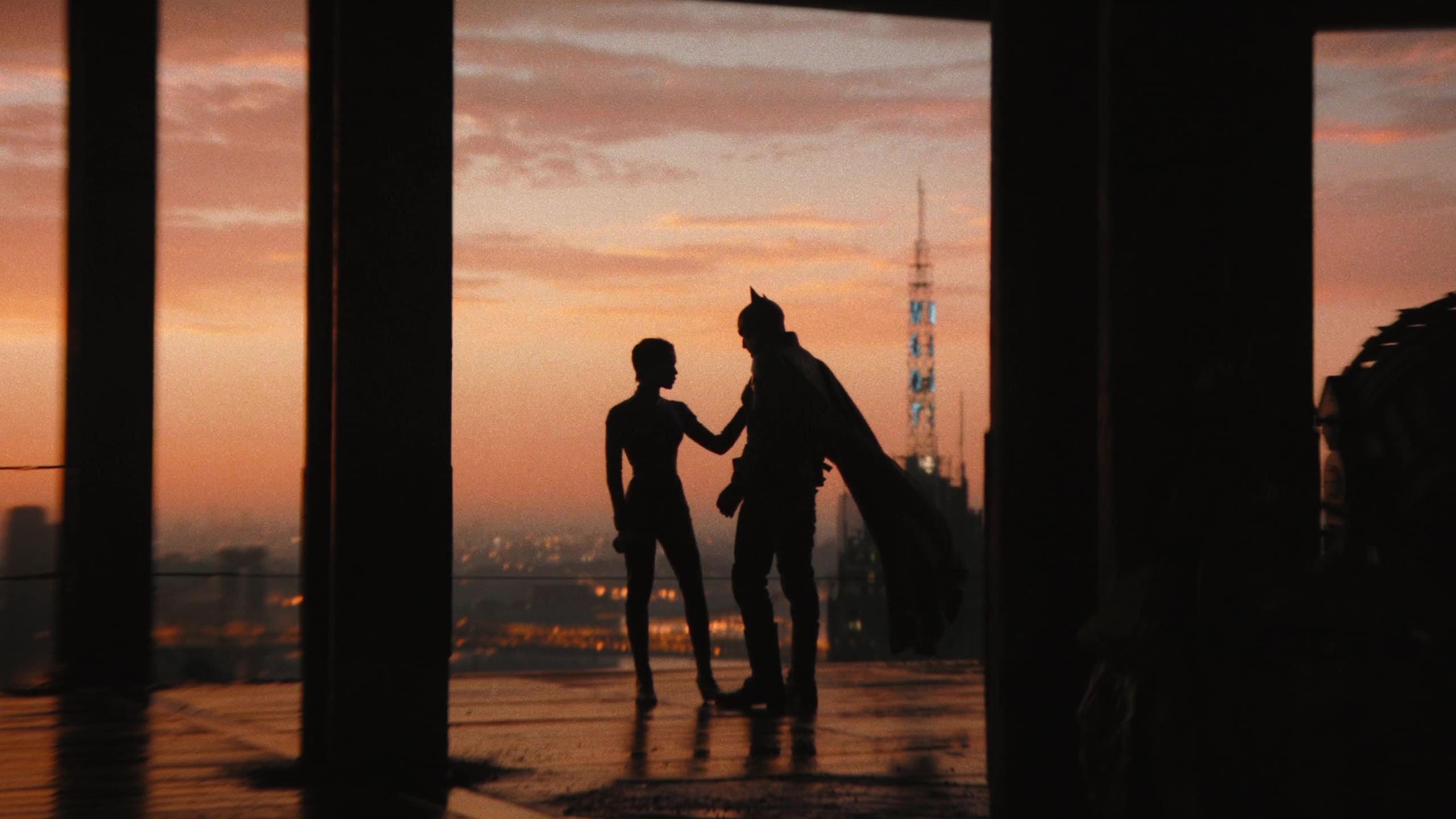
Batman (Robert Pattinson) and Catwoman (Zoë Kravitz) in The Batman. Image via Collider.
The crucial element that enabled Matt Reeves to craft this perfect Batman story is that he understands the character of Batman entirely. He knows what makes Batman great and what makes him bad. Reeves elevates all the good qualities that make Batman special from other superheroes to another level and it makes this version of the character feel simultaneously original and satisfyingly familiar. He acknowledges all the flaws that Batman has and turns them into a commentary on the character and society itself. Most importantly, Matt Reeves knows exactly what makes a superhero film good or bad, which is exactly how he was able to make The Batman one of the best superhero movies of all time without actually making a superhero film. Hopefully audiences will see more of these efforts in the future of this genre.

